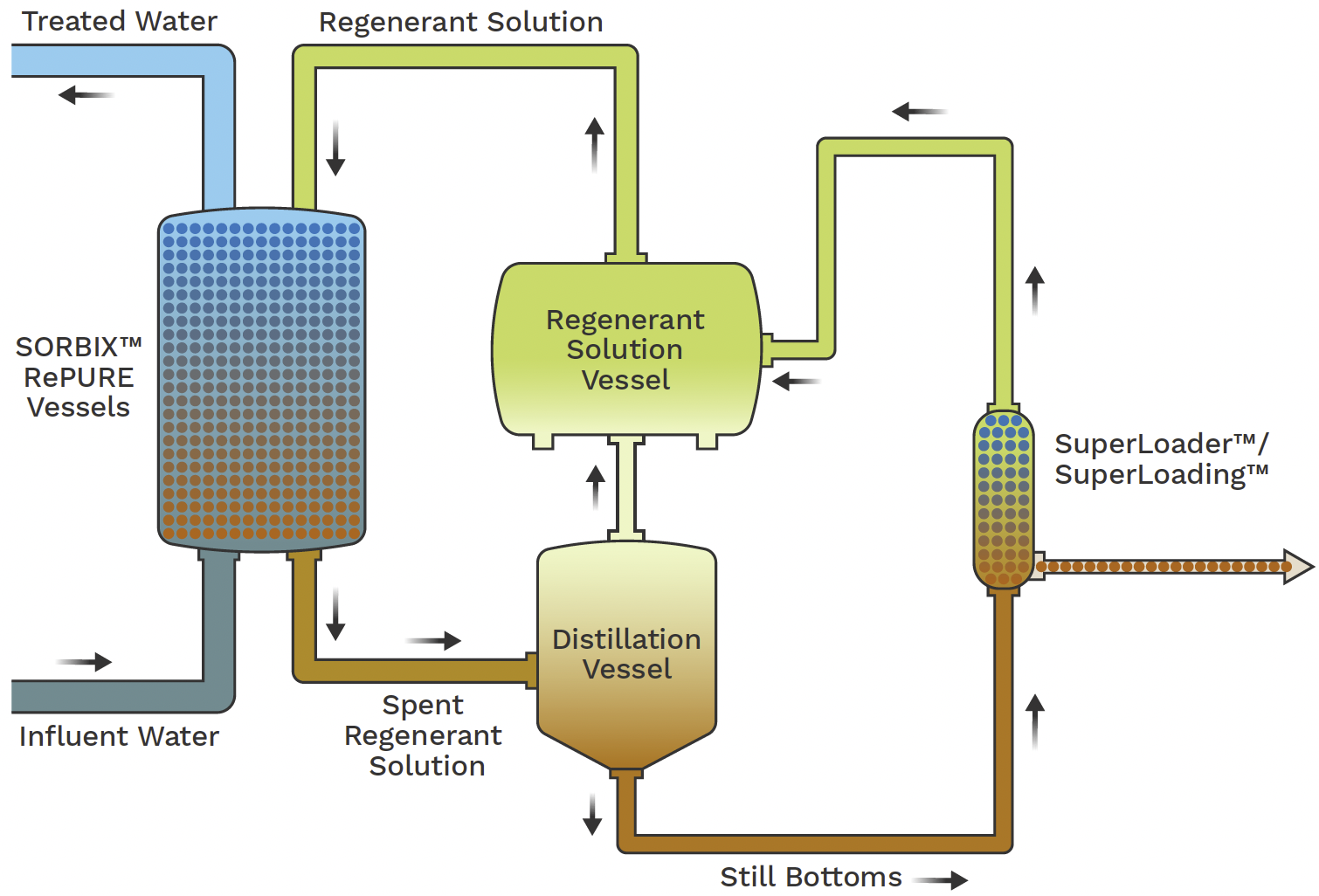How PFAS Treatment Reduces Environmental Impact and Improves Public Safety
How PFAS Treatment Reduces Environmental Impact and Improves Public Safety
Blog Article
Advanced Techniques for Efficient PFAS Contamination Elimination
The consistent obstacle of PFAS contamination necessitates the expedition of innovative removal techniques that can properly deal with these harmful substances. Innovative modern technologies, such as innovative oxidation procedures and numerous adsorption strategies, have actually arised as encouraging services in mitigating PFAS from influenced atmospheres.
Understanding PFAS Residences
Although per- and polyfluoroalkyl substances (PFAS) have been widely utilized in different commercial and consumer products due to their unique residential or commercial properties, their perseverance in the environment poses substantial obstacles to public wellness and security. PFAS are a team of synthetic chemicals defined by a carbon-fluorine bond, among the toughest chemical bonds understood, which adds to their phenomenal stability and resistance to degradation. This security enables PFAS to accumulate in the environment and living microorganisms, bring about potential negative health effects.
These very same homes add to their ecological persistence, as PFAS do not quickly break down via natural procedures. Comprehending the chemical residential properties of PFAS is vital for establishing effective approaches to take care of and minimize their environmental influence.
Cutting-edge Remediation Technologies
The perseverance of PFAS in the environment has stimulated the development of innovative removal innovations aimed at effectively removing these impurities from influenced ecological communities. Amongst one of the most appealing approaches are innovative oxidation processes (AOPs), which make use of effective oxidants to damage down PFAS compounds into less hazardous substances. AOPs can be customized to target certain PFAS structures, improving their effectiveness.
An additional emerging innovation is using adsorption media, such as turned on carbon and ion exchange materials, which can selectively record PFAS from infected water. These products have shown significant elimination effectiveness, although regular replacement and regeneration are required to maintain efficiency.
Membrane layer filtering methods, including reverse osmosis and nanofiltration, are also getting grip in PFAS removal. These approaches can successfully separate PFAS from water, giving a feasible remedy for treating polluted resources. In addition, thermal therapy approaches, such as incineration, can break down PFAS right into non-toxic by-products, though they call for mindful administration to regulate discharges.
Jointly, these ingenious removal modern technologies stand for substantial developments in the ongoing battle against PFAS contamination, supplying different approaches to recover damaged settings and protect public health and wellness.

Bioremediation Strategies
Bioremediation techniques use a promising technique to dealing with PFAS contamination by taking advantage of the natural capabilities of microbes to break down these persistent compounds (m270 waste management). This technique includes the usage of germs, fungi, and other germs that can metabolize or change PFAS substances right into less harmful byproducts
Recent advancements in molecular biology and ecological microbiology have actually enhanced our understanding of microbial communities and their potential roles in PFAS destruction. Scientists are proactively checking out certain strains of microorganisms, such as Pseudomonas and Bacillus, which have shown the capacity to damage down particular PFAS compounds.
Sitting bioremediation strategies, where bacteria are stimulated straight in contaminated environments, can be particularly effective. This strategy typically involves the application of nutrients or electron contributors to advertise microbial development and task. Additionally, ex lover situ methods, such as bioreactors, enable regulated problems that can enhance deterioration rates.
Despite the guarantee of bioremediation, difficulties continue to be, including the intricate nature of PFAS compounds and the demand for extensive area screening - m270 waste management. Continued Proceeded research and growth will be crucial to fine-tune these techniques and analyze their efficiency in varied ecological contexts
Adsorption and Filtering Techniques
Attending to PFAS contamination often involves employing adsorption and filtration approaches, which are developed to get rid of these relentless chemicals from water and soil. Among the various methods, triggered carbon adsorption is extensively utilized because of its high surface and porosity, making it possible for efficient trapping of PFAS particles. Granular activated carbon (GAC) systems are specifically favored for treating large volumes of contaminated water, while powdered triggered carbon (SPECIAL-INTEREST GROUP) can be used for smaller-scale applications.
Ion exchange resins also reveal promise in PFAS elimination, operating by exchanging PFAS ions with less harmful ions in the water. This technique has shown efficiency in concentrating PFAS compounds, promoting their subsequent removal. In addition, membrane purification methods, such as reverse osmosis and nanofiltration, operate by utilizing semi-permeable membrane layers to separate PFAS from water, properly decreasing their concentrations.
While these approaches work, they must be carefully picked based on the particular PFAS compounds present and the environmental context. Constant improvements in materials scientific research and engineering are bring about the growth of unique adsorbents and purification Related Site systems that improve elimination performances and decrease operational expenses, consequently enhancing general removal efforts.
Regulatory and Plan Considerations
How can efficient governing frameworks boost the administration of PFAS contamination? Comprehensive plans are important to ensure a coordinated and durable response to the obstacles posed by per- and polyfluoroalkyl substances (PFAS) Rules can develop clear guidelines for monitoring, reporting, and remediating PFAS-contaminated sites, fostering accountability amongst markets and public entities. (m270 waste management)

On top of that, economic incentives and gives can be incorporated right into policies to urge these details the adoption of advanced remediation technologies. Policymakers need to likewise prioritize study and advancement, making certain that arising approaches for PFAS removal are verified and implemented properly.
Moreover, public understanding and interaction are important components of any regulatory strategy, empowering communities to advocate for their health and safety and security. Ultimately, a well-structured regulatory atmosphere will not just enhance the monitoring of PFAS contamination yet likewise advertise lasting techniques that secure future generations.
Conclusion
In recap, the complexity of PFAS contamination demands the adoption of sophisticated remediation techniques. Proceeded study and advancement in this field stay important to dealing with the difficulties postured by PFAS contamination.
Report this page